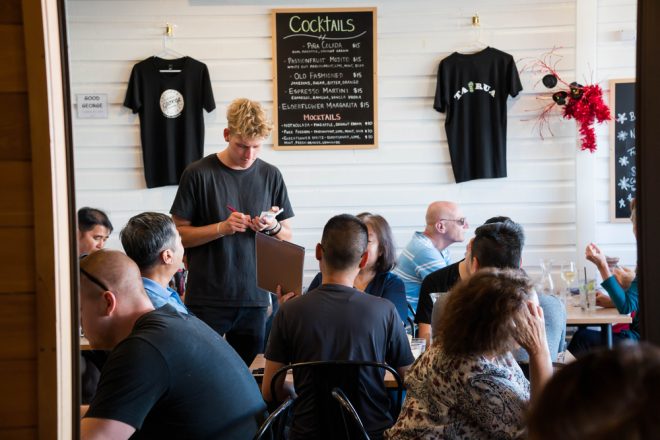4단계 록다운으로 인해 많은 사업체들이 손해를 보고있다. 특히 서비스 분야가 가장 큰 타격을 받았다. 이 분야의 근로자들은 록다운 보조금에 대해 이해하는 것이 중요하다.
록다운 중에도 급여를 지급받나
그렇다. 4단계 봉쇄로 인해 일을 할 수 없다 하더라도 고용주는 고용 계약을 계속 준수해야 한다. 이와 같은 고용문제를 위해 설명하고자 하며, 이는 반드시 따라야 할 엄격한 규칙은 아니기 때문에 주의해야 할 사항들이 있다. 지난해 고용관리공단이 내린 결정에 따르면, Covid-19로 인한 직장 폐쇄만으로는 고용주가 임금을 유보할 수 없는 것으로 확인됐다. 록다운으로 인해 일을 할 수 없는 것이지, 일할 준비가 안되어 있고 일을 하지 않는 것은 아니기 때문이다.
고용주가 4단계 동안 문을 닫어야 하는 경우, 연차 휴가를 써야하나?
아니다. 고용주는 14일 전에 고지한 연차만 사용하도록 요구할 수 있다.
병가는 어떤가?
고용주들은 록다운으로 인해 직원들에게 병가를 내게 할 수는 없다.
임금 보조금은 어떻게 이용하나?
봉쇄 단계 변경으로 인해 매출이 40% 이상 감소했다면 고용주는 근로자를 대신하여 보조금을 지원, 근로자에게 지급해야 한다.
급여 보조금은 얼마까지 받을 수 있나?
임금보조금은 정규직 1인당 주당 600달러(주 20시간 이상), 시간제 1인당 주당 359달러(주 20시간 미만)다.
일반적으로는 근로자는 고용 계약에 따라 정상적으로 보수를 받아야 한다.
만약 불가능한 경우(고용주가 정말로 지급할 수 없다면), 평소 임금의 80% 이상을 지불하기 위해 최선을 다해야 한다. 이마저도 여의치 않은 경우 최소한 보조금 요금 전액을 근로자에게 지불해야 한다.
일정한 시간을 두고 일하는 건 아닌데 보조금 지급받을 자격이 되나?
그렇다. 좀 더 까다로울 뿐 평균 시간 급여를 받을 자격이 된다.
다양한 시간대에 일한다면 고용주들은 시간당 급여 평균을 내야 한다. 일반적으로 계약서에 있는 최소 보장 시간 이상 일한다면 계약서를 따르지 말고 실제 더 근무 하는 시간을 기준으로 해야한다.
캐주얼 근로자도 보조금을 받을 수 있나?
캐주얼 근로자는 계속 일할 수 있는 자격이 없기 때문에, 계속 고용될 것이라는 보장이 없다. 그러나 고용주는 여전히 근로자를 대신해서 임금보조금을 신청할 수 있고 그에 따라 급여를 지급할 수 있다. 일반 직원의 경우 위의 평균 임금과 동일한 계산법이 적용된다.
고용주는 임금 보조금에서 남은 금액을 다른 곳에 사용할 수 있나?
안된다. 모든 차액은 다른 직원의 임금을 보충하는 데만 사용해야 한다. 임금 보조금은 고용주가 직원과 지속적으로 연계시키기 위한 것이다.





























































